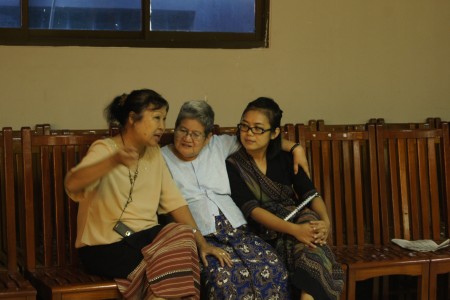
“This is the first time in history that a body that is inclusive, with all representatives from Yemeni society, got together […]. Instead of the politics of closed-door meetings, what we see here is a very transparent, inclusive process.” Jamal Benomar, UN Special Envoy to Yemen, about the Yemen National Dialogue Conference
Why Participation is Needed
Much has been discussed and written in recent years about the importance of broadening participation in mediation processes. There is a general consensus amongst practitioners and academics that the inclusion of actors beyond the warring parties is desirable. This is not just a normative question: inclusive processes can certainly lead to more durable, legitimate and locally owned processes. Influential actors (including ‘those with guns’) need to be represented because they have the power to end the conflict, and if sidelined, they will block the process. Affected actors (such as civil society), should also participate in one way or another, as any peace agreement will directly affect their lives and the future of their country. A recent statistic study indicates that inclusion of civil society actors in peace settlement indeed increases the durability of peace. Among many other actors, the United Nations underlined the value of the inclusion principle in its ‘Guidance for Effective Mediation’. So if it is that important, why are many processes today still far from inclusive?




